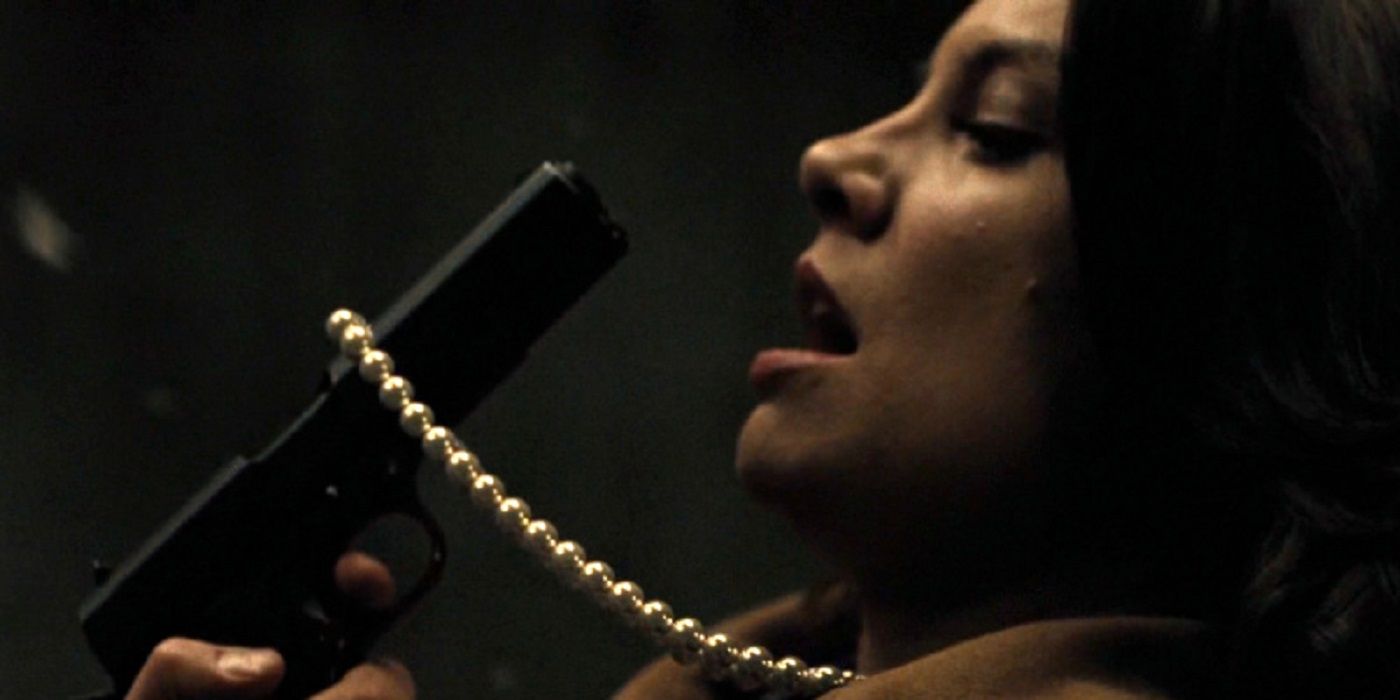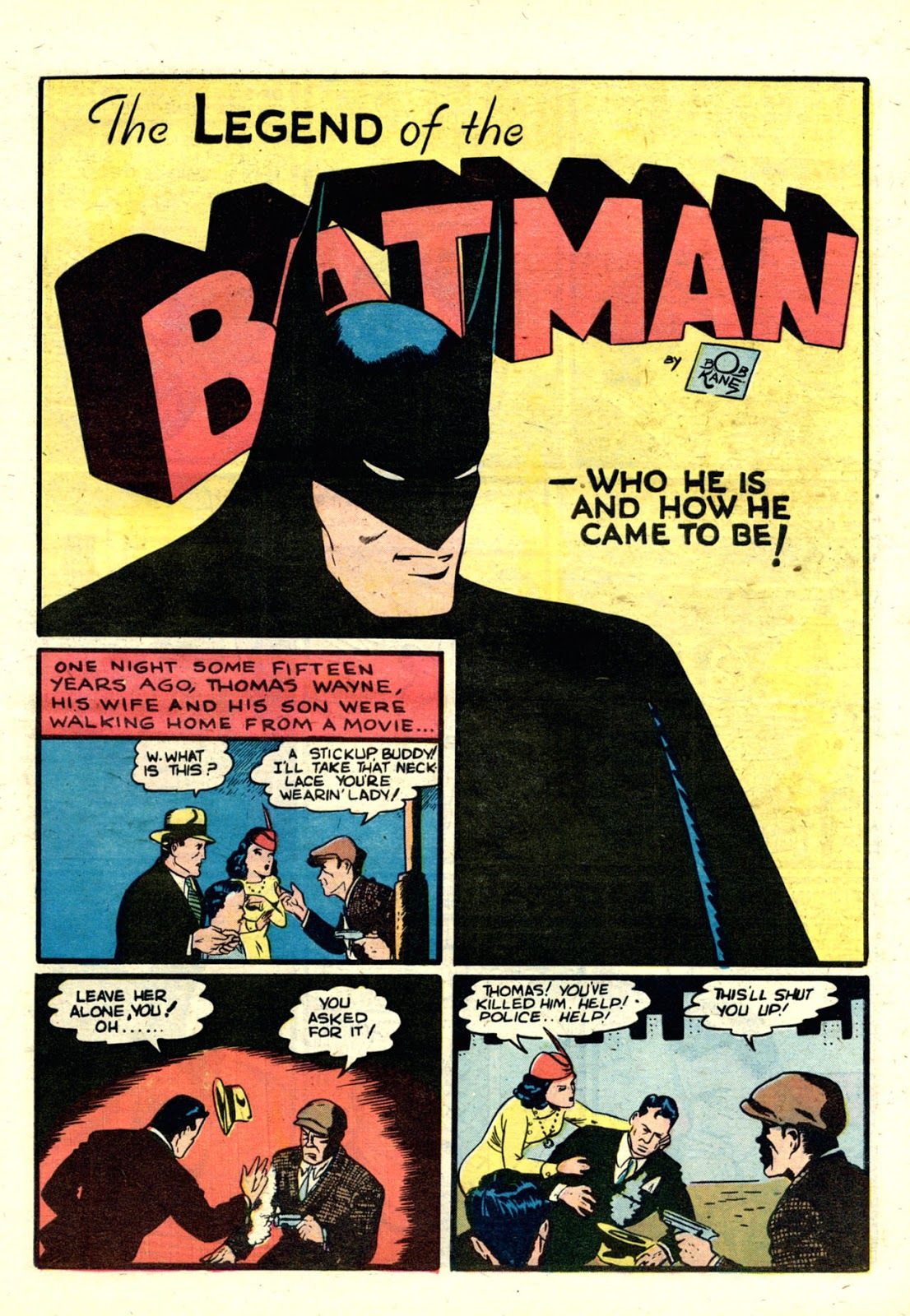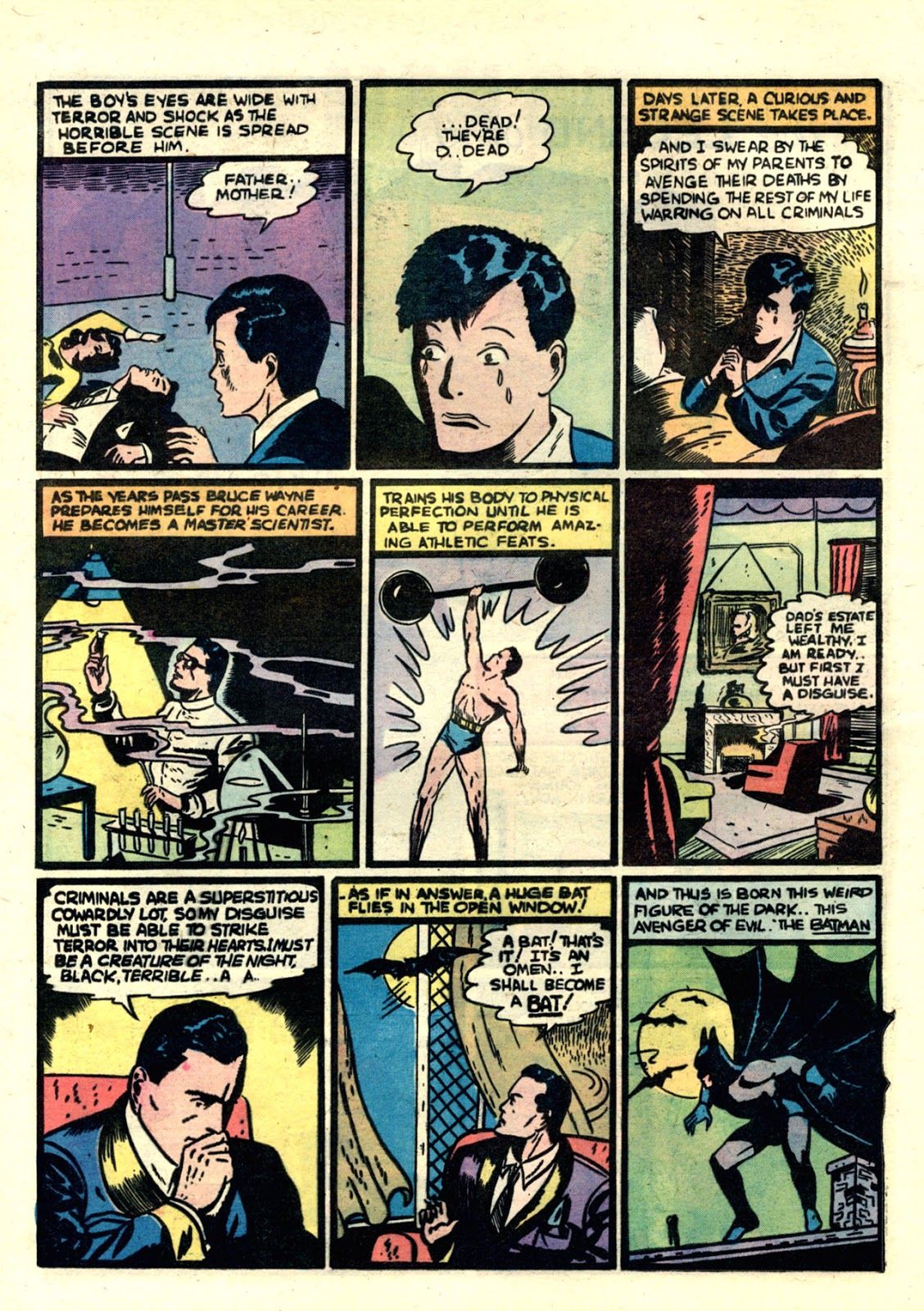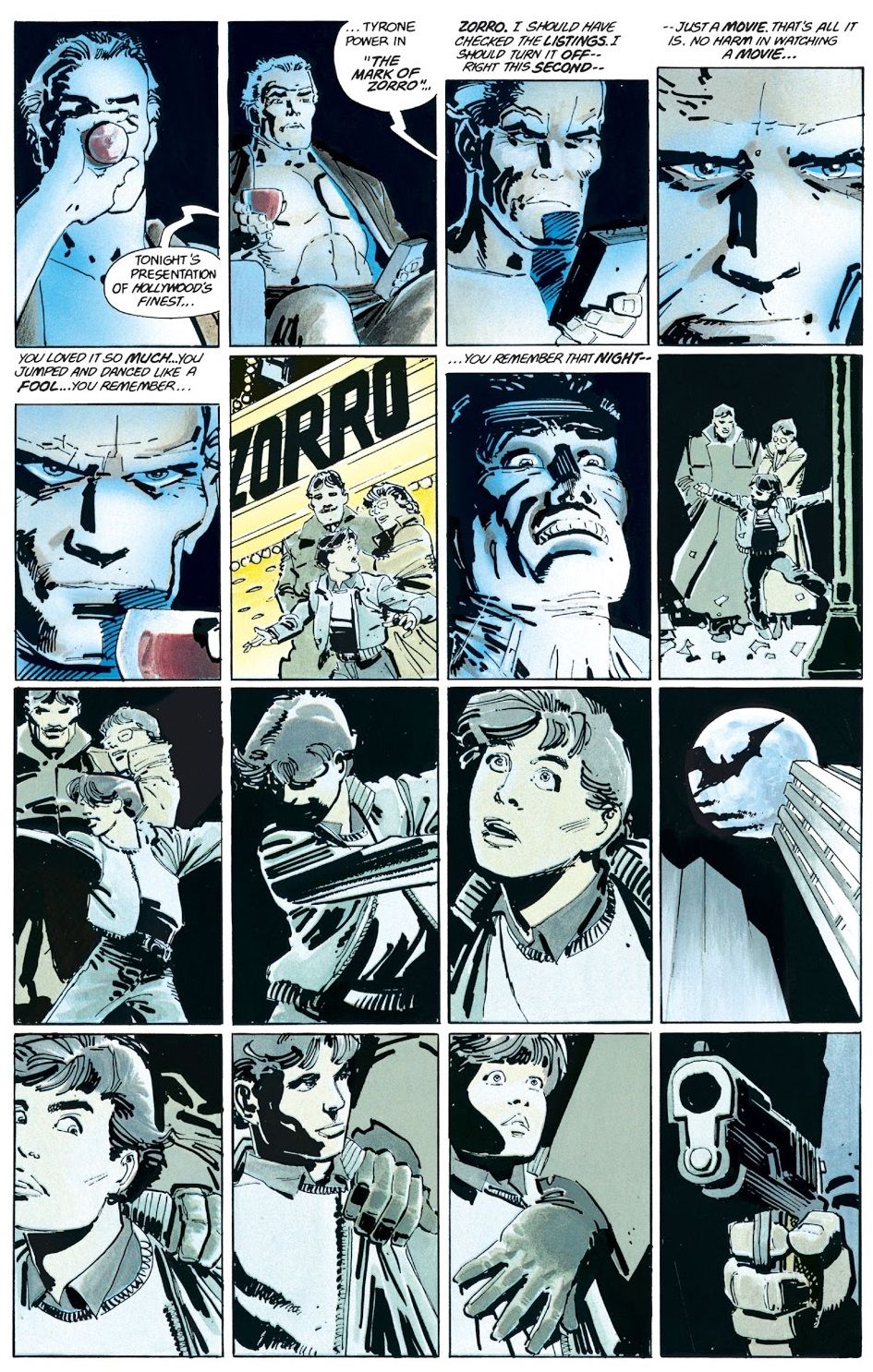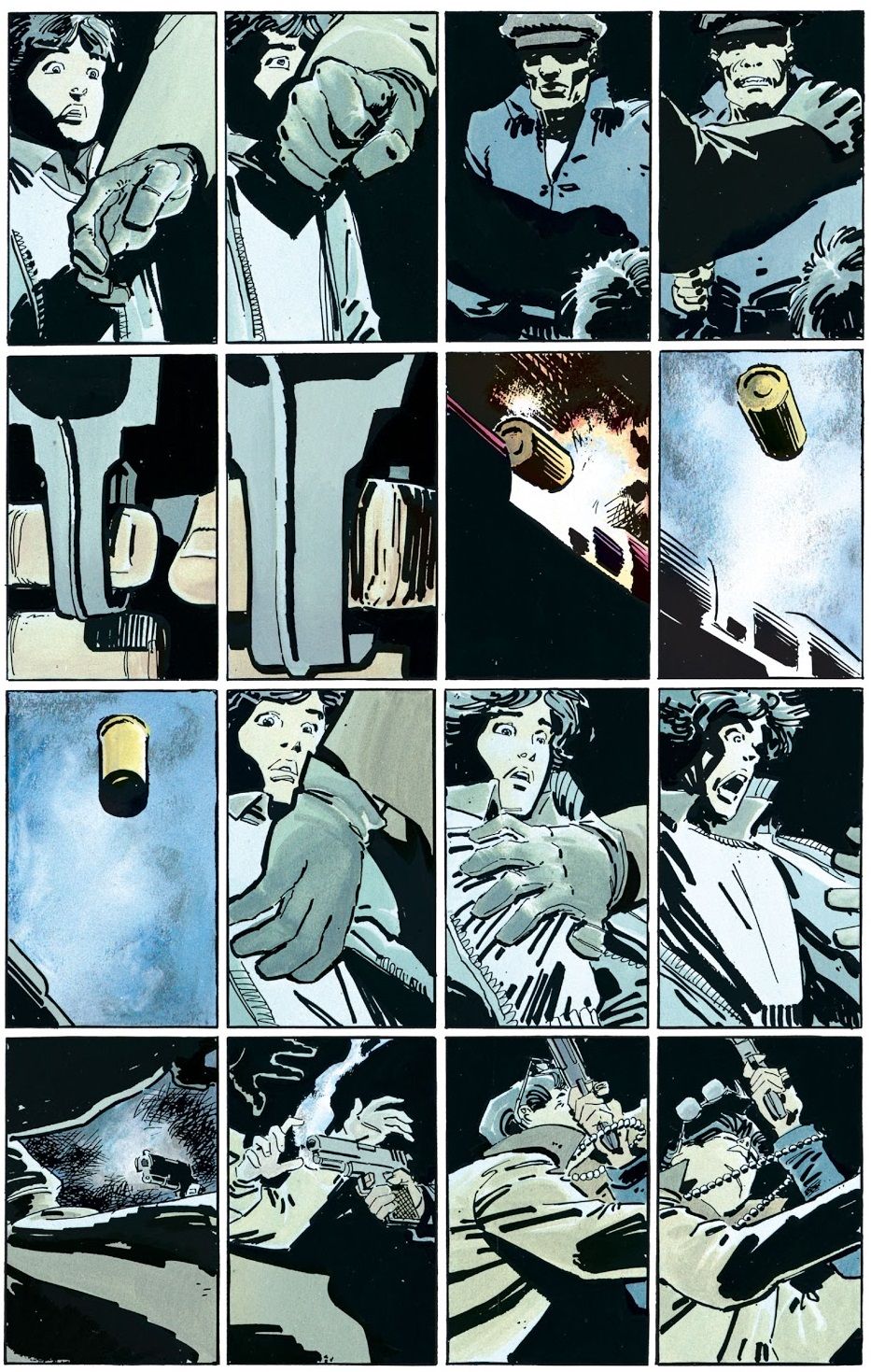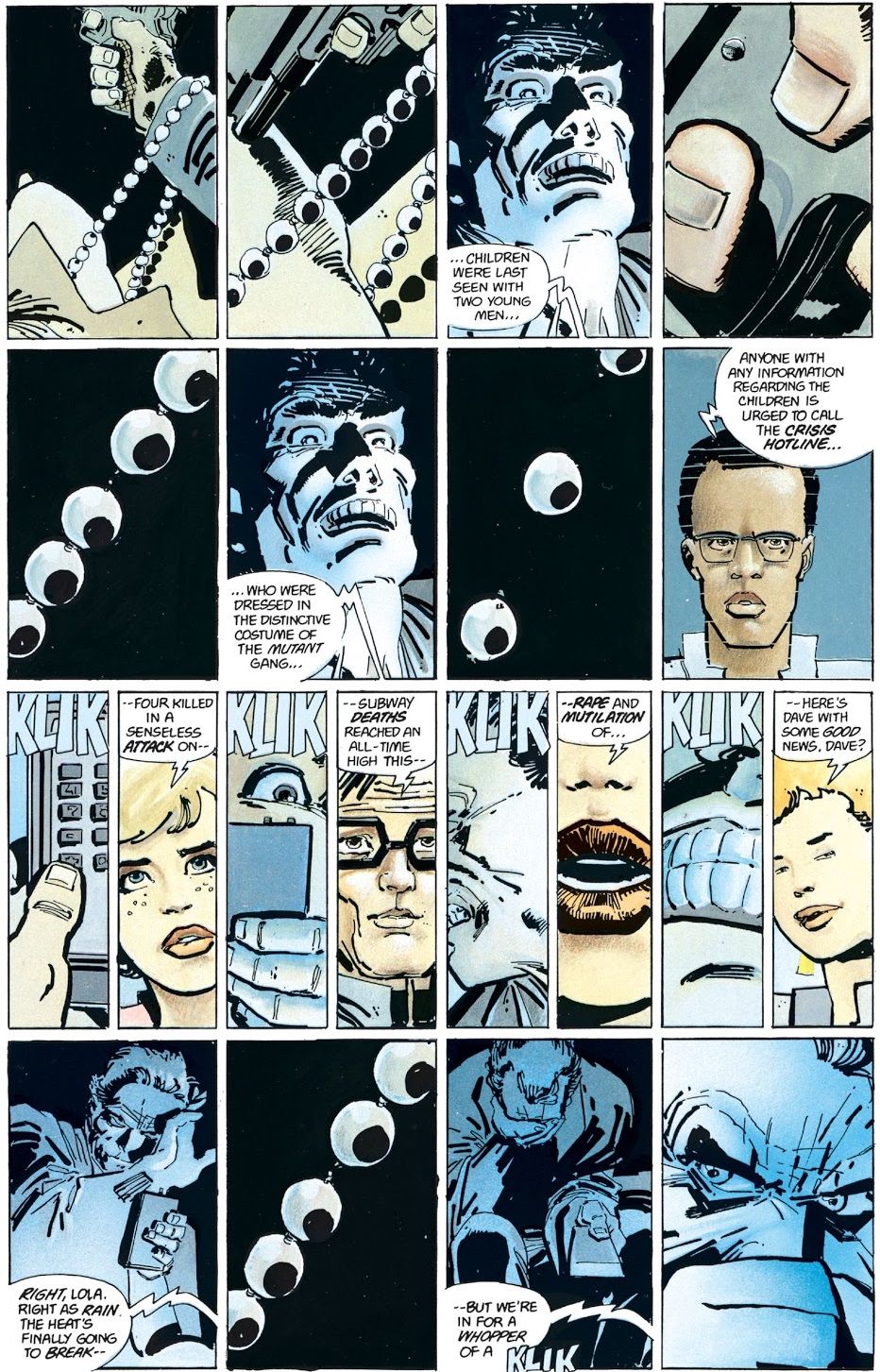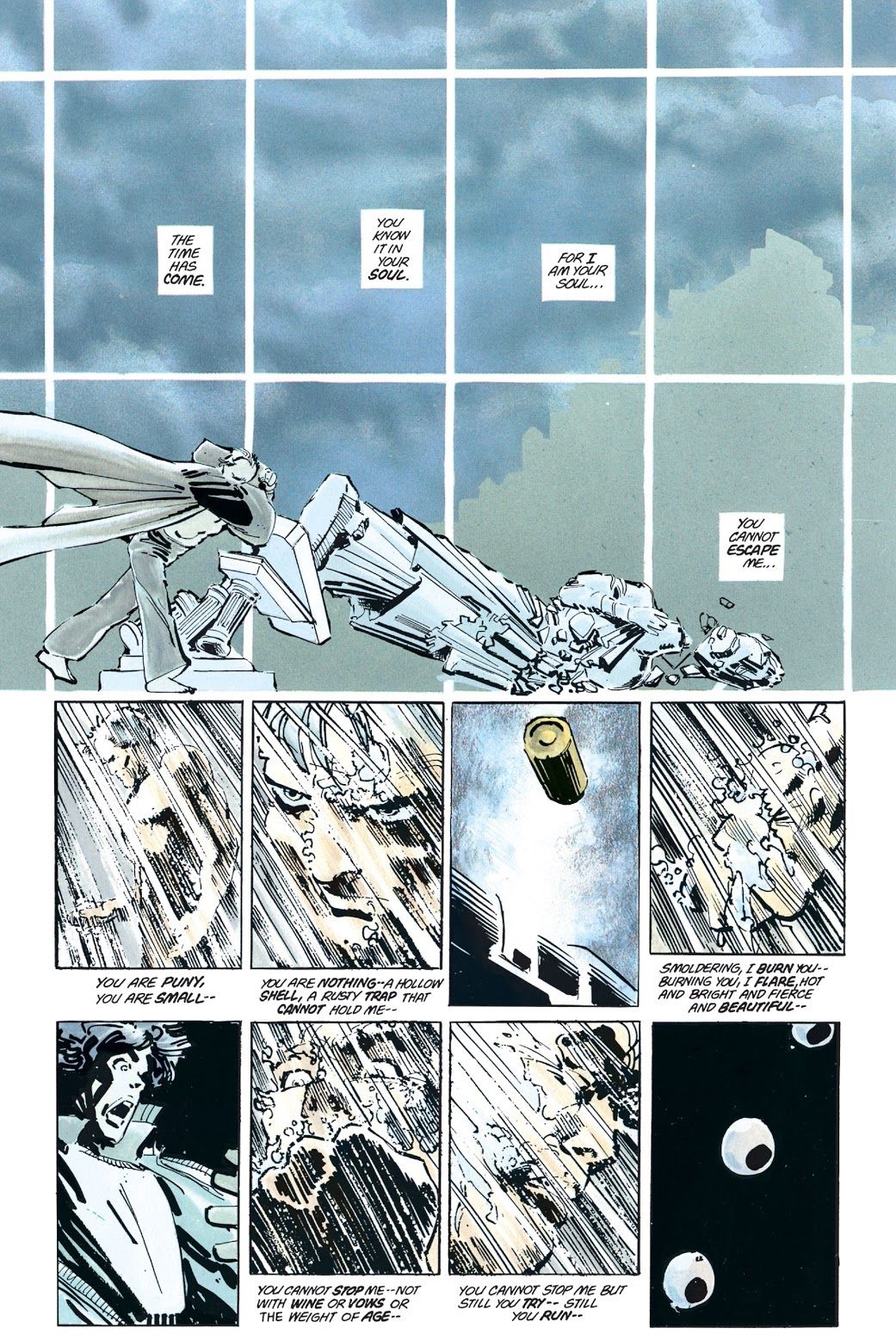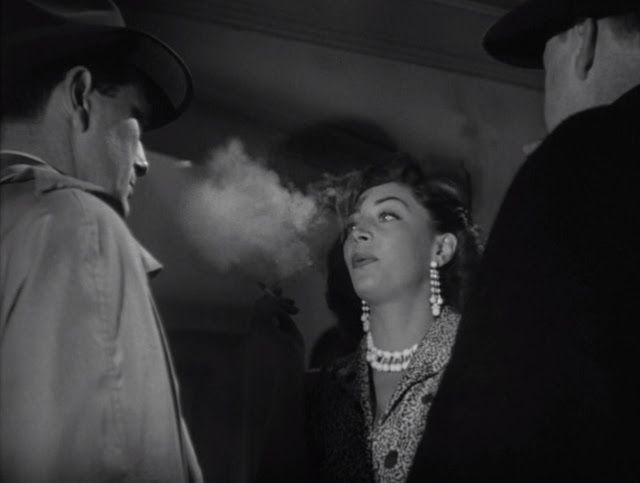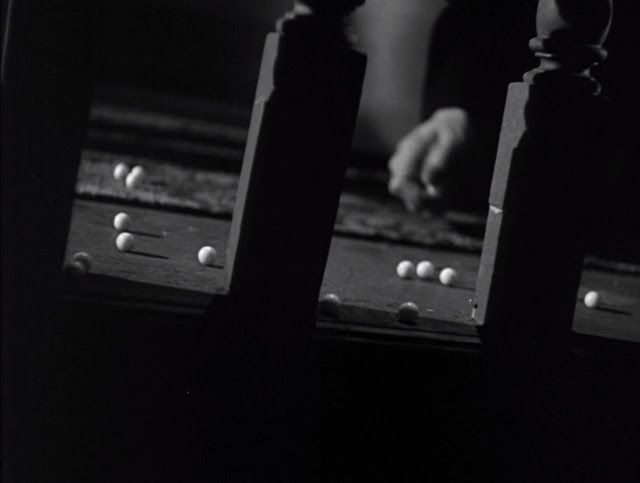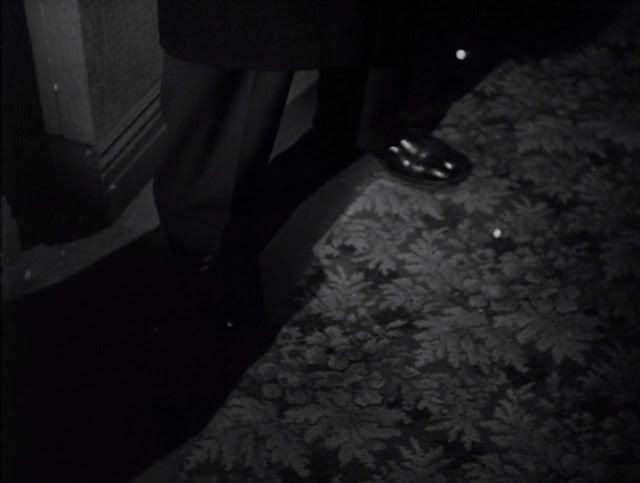This is Foggy Ruins of Time, a feature that provides the cultural context behind certain comic book characters/behaviors. You know, the sort of then-topical references that have faded into the “foggy ruins of time.” To wit, twenty years from now, a college senior watching episodes of "Seinfeld" will likely miss a lot of the then-topical pop culture humor (like the very specific references in “The Understudy” to the Nancy Kerrigan/Tonya Harding scandal).
Today, based on a suggestion from reader C C., we take a look at a possible inspiration for the iconic "pearl scene" in Batman's origin.
Yes, this is, in fact, a third article about the pearl scene, following our initial article about how the pearl scene really doesn't make sense and the follow-up article where Batman writers have tried to come up with their attempts at explaining the inexplicable, vis a vis the pearl scene. Now, we'll look into the inspirations for the pearl scene.
Just to refresh, of course, what we're talking about here is the major visual addition that Frank Miller made to Batman's origin.
Here is the original origin from Batman #1 (by Bill Finger and Bob Kane)...
That was basically how the origin remained for over forty years (with Martha Wayne's necklace popping in and out of the versions of the origin) until Frank Miller came up with what has become the definitive version of the origin in Batman: The Dark Knight #1 (with inks by Klaus Janson), which is now better known as Batman: The Dark Knight Returns (which, in turn, has gone from the name of that first issue to the name of the overall series)....
You'll note, of course, that Miller, while highlighting the breaking of the necklace and the release of the pearls, he really doesn't go overboard like other versions of the origin have over the years, that typically have Martha Wayne's pearl necklace practically explode in front of everyone and all over the streets of Crime Alley.
Miller's visual addition of the breaking pearl necklace has been adopted into pretty much every film adaptation of Batman's origin over the years. That makes sense, as Miller has always had a great eye for iconic visuals. I mean, Zack Snyder has specifically translated a good number of Miller's comic book panels into scenes in Batman v Superman: Dawn of Justice and the movie 300 was practically a scene-for-scene live action translation of Miller's 300 comic book (and then Robert Rodriguez did basically the same thing with the film Sin City, with Miller technically involved as the "co-director" of that project).
However, it appears as though Miller's visual scene in this particular instance might have been inspired by an old noir film that had a very similar usage of their own "pearl scene."
Page 2: [valnet-url-page page=2 paginated=0 text='What is the Narrow Margin?']
Frank Miller has been quite vocal about how much he loves film noir. It is obvious in his work how much those sorts of films have influenced his work and he hasn't hidden the influence. It is not like he's out there saying that Sin City wasn't heavily influenced by film noir, as he has clearly been doing the exact opposite. He is very clear about the impact that his influences have had upon his work (like the Will Eisner influence upon his early Daredevil stuff).
In this instance, it appears as though the movie The Narrow Margin might have inspired the famous "pearl scene."
The 1952 film, directed by Richard Fleischer and written by Earl Felton, is about a pair of Los Angeles police detectives assigned to escort the widow of a mobster to testify against the mob. They go to pick her up in Chicago and then ride a train to Los Angeles for her court appearance. When they pick her up in her apartment building, though, they are attacked by a mob assassin, who kills one of the detectives.
Here are the two detectives with the witness (Charles McGraw and Don Beddoe play the cops and Marie Windsor plays the widow who turns out to not be who she says she is)...
The other detective chases after the killer. As he dies, the detective instinctively reached out and grabbed the widow's pearl necklace, tearing it off her neck, sending the pearls spilling...
Awesome visual, right?
The Narrow Margin is a great film (Felton was nominated for an Oscar for the screenplay) and you would imagine that Miller knew of the film. Since I can't say for absolute certainty, I'm just tossing this out there as a POSSIBLE inspiration, but it sure seems likely, right?
Thanks to C C. for the suggestion! If anyone else has a suggestion for a future edition of Foggy Ruins of Time, drop me a line at brianc@cbr.com!

